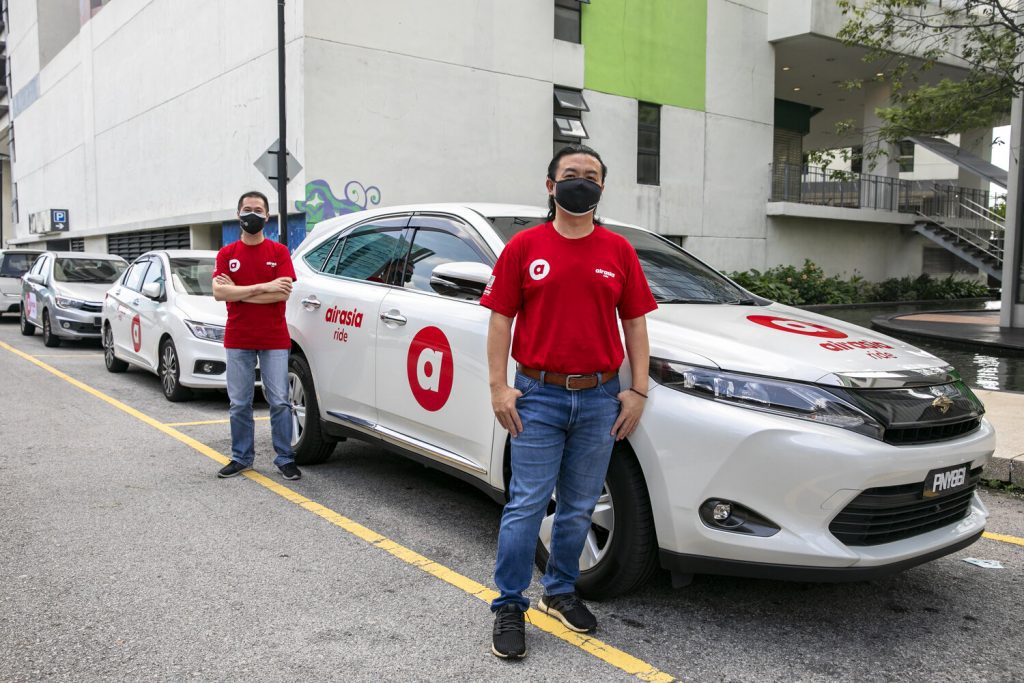AirAsia Launches Ridesharing Through Superapp in Latest Digital Push

Skift Take
AirAsia isn't backing down from the intense competition of superapps and ridesharing in Southeast Asia. Can an airline really become a digital lifestyle brand powerhouse? AirAsia is going all out to prove the skeptics wrong.
AirAsia Digital is adding a ridesharing service to its AirAsia superapp with the launch this week of AirAsia Ride in Malaysia.
With its launching, AirAsia Ride will give Malaysians another ridehailing option besides Grab, the Singaporean-headquartered superapp with a stronghold in Southeast Asia and Malaysia. Plans are in the works to expand AirAsia Ride's reach to Thailand soon after AirAsia Digital bought supeapp Gojek's Thailand operations in July.
As a new entrant in the ridehailing market, will AirAsia Ride give Grab and other superapps a run for their money in the region?
"This isn't a zero sum game," said AirAsia Group CEO Tony Fernandes during a press briefing.
He said that AirAsia Ride's strength is at airports, in the tourism market, and with people who like AirAsia's ecosystem and will begin using them.
AirAsia Ride is not only about moving people but will also help in moving packages and supplement its riders, Fernandes said.
Acknowledging that ride-hailing gets a bad wrap, Fernandes said its focus is on putting safety measures in place and ensuring all its drivers are fully vaccinated. Customers will be able to choose drivers and favorite ones they like.
“AirAsia is always about
